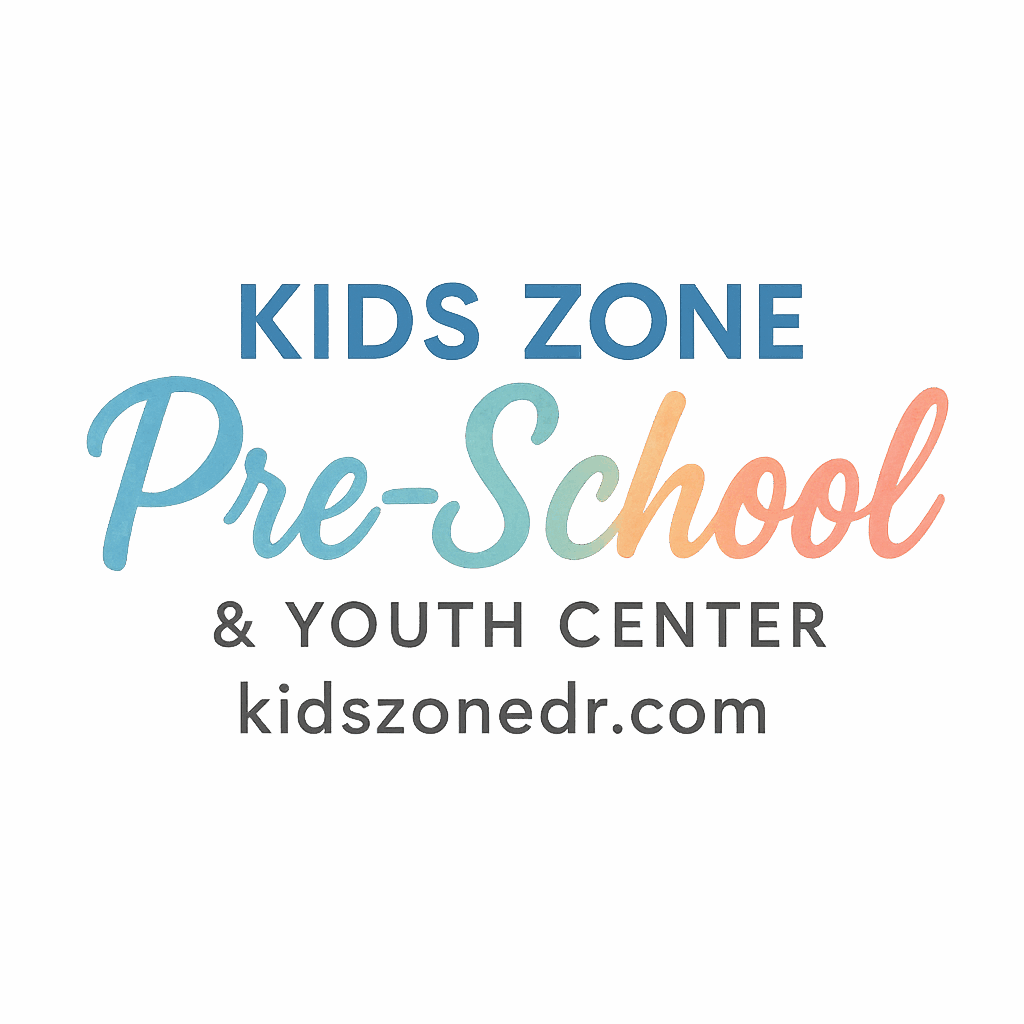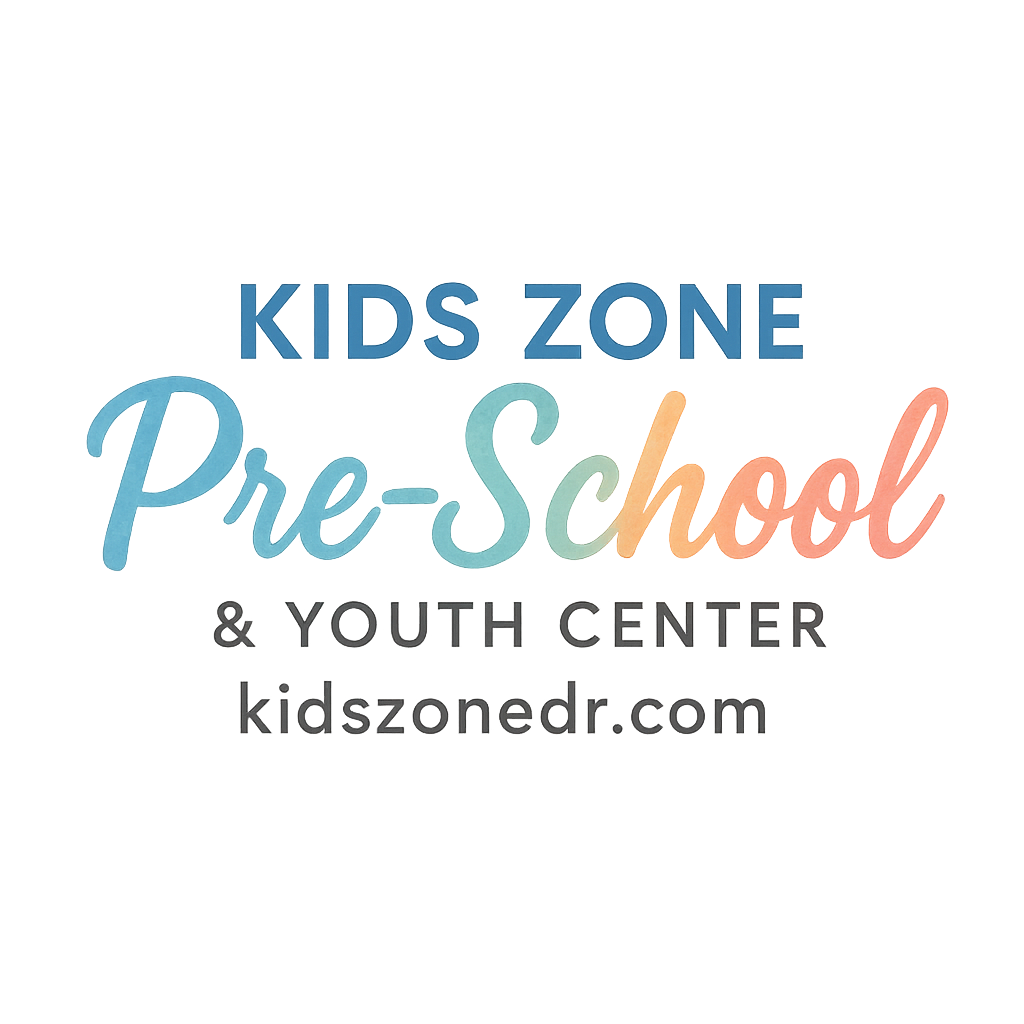Rainy days don’t have to mean boring days. For preschool teachers, parents, and youth center leaders, indoor activities can actually be an opportunity to spark creativity, strengthen friendships, and build essential skills in children. In this guide, we’ll dive into 9 preschool and youth center indoor games for rainy days that are fun, educational, and easy to organize.
Whether you’re running a preschool learning program or managing a youth activity center, these games will keep kids moving, thinking, and smiling—even when the weather outside says otherwise.
Why Indoor Games Matter on Rainy Days
Benefits of Indoor Play for Preschoolers
Indoor games aren’t just a backup plan; they’re a chance for children to learn in new ways. Kids can develop balance, coordination, communication, and problem-solving skills while enjoying activities inside. Plus, rainy days can sometimes lead to restlessness, but indoor games keep energy levels balanced and minds engaged.
Why Youth Centers Need Engaging Indoor Activities
Youth centers serve children of different ages. With the right activities, leaders can prevent boredom, promote teamwork, and even strengthen community spirit. Indoor play becomes more than just entertainment—it’s an investment in kids’ development, routines, and confidence (learn more here).
Game 1: Musical Chairs with a Twist
How to Play
Set up chairs in a circle, one fewer than the number of kids. Play upbeat music and have the kids walk or dance around the chairs. When the music stops, everyone must sit down. The twist? Instead of eliminating kids, add challenges like “sit two kids on one chair” or “share a cushion.”
Skills Developed
This version of musical chairs encourages teamwork, creativity, and adaptability instead of competition. It also helps preschoolers practice listening skills while keeping the fun inclusive for all.
Game 2: Indoor Scavenger Hunt
Setup and Rules
Hide small objects (toys, shapes, or even letters) around the room. Give children picture-based or word-based clues depending on their age. For preschoolers, clues might be a drawing of a teddy bear, while older kids can solve riddles.
Learning Benefits
This activity boosts problem-solving, critical thinking, and observation skills. It’s also an easy way to introduce themes, like colors, animals, or even healthy habits (see healthy preschool routines here).
Game 3: Balloon Volleyball
How to Play
All you need is a balloon and a piece of string or tape to act as a “net.” Divide kids into two teams and let them hit the balloon back and forth, keeping it from touching the ground.
Why Kids Love It
It’s energetic but safe. Balloon volleyball improves hand-eye coordination and team collaboration. Plus, it’s hilarious when the balloon floats unpredictably!

Game 4: Obstacle Course Adventure
Materials Needed
Chairs, cushions, tunnels, or even tape lines can create an exciting obstacle course indoors. Kids can crawl, jump, balance, and climb as part of the challenge.
Motor Skills Boost
This game builds gross motor skills and gives children an outlet for their energy. For preschoolers, it’s an excellent way to work on balance and coordination while keeping the fun structured (read more on preschool structure here).
Game 5: Storytime Theater
How It Works
Pick a favorite storybook and let the children act it out. Assign characters, create simple props, and encourage kids to perform for their peers.
Creativity and Confidence Building
This game nurtures imagination, confidence, and communication skills. Acting helps kids step into new roles and express themselves freely (confidence-building activities).
Game 6: Freeze Dance Challenge
Step-by-Step Guide
Play fun music and let the children dance their hearts out. When the music suddenly stops, they must freeze in place until it starts again. Add challenges like “freeze like an animal” or “freeze in a funny face.”
Fun and Fitness Value
Freeze dance develops listening skills, focus, and body control. It’s also a great way to sneak in exercise indoors without kids even realizing it.
Game 7: Giant Board Games Indoors
Examples of Games
Turn classic games like tic-tac-toe, snakes and ladders, or checkers into life-sized versions using floor mats or cardboard. Kids can act as the “game pieces” and move around the board.
Social Skills Development
These games promote turn-taking, patience, and strategy-building, which are key for healthy classroom and youth center dynamics (more on classroom growth).
Game 8: Indoor Bowling
Setup
Line up empty plastic bottles or paper cups as bowling pins and use a soft ball. Kids take turns rolling the ball to knock them down.
Hand-Eye Coordination Benefits
Bowling strengthens precision, motor planning, and patience. You can even tie it to math by having kids add up their scores (preschool milestones here).
Game 9: Craft-and-Play Stations
How It Combines Fun and Learning
Set up tables with simple crafts—like paper masks, clay models, or coloring sheets—and pair them with imaginative play. For example, kids can make crowns and then pretend to be royalty in a mini “kingdom.”
Confidence Through Creativity
Craft stations enhance fine motor skills, creativity, and self-expression. When paired with play, kids build confidence and storytelling abilities (read about kids’ growth and habits here).
Safety and Health Considerations for Indoor Games
Keeping Spaces Safe and Organized
Rainy-day games are fun, but safety comes first. Always clear the floor, remove sharp objects, and supervise active play closely.
Balancing Fun with Wellness
Combine physical games with calm activities like storytelling or crafts to keep children’s energy balanced. Encourage healthy snacks and routines (learn about healthy preschool eating here) between activities.
Tips for Parents and Teachers on Indoor Games
Making Games Educational
Every indoor game can double as a learning opportunity. Whether it’s math in bowling or storytelling in theater, use play as a way to connect lessons to real experiences.
Encouraging Teamwork and Positive Habits
Games should encourage cooperation, patience, and involvement from all children (parental involvement tips here). Celebrate effort, not just success, to build positive self-esteem.
Conclusion
Rainy days don’t have to feel gloomy when classrooms and youth centers are full of laughter, creativity, and teamwork. With these 9 preschool and youth center indoor games for rainy days, you can transform stormy weather into memorable playtime. From balloon volleyball to storytime theater, each activity encourages growth, learning, and joy—proving that the best adventures often happen indoors.
FAQs
1. What are the best indoor games for preschoolers on rainy days?
Musical chairs, scavenger hunts, and freeze dance are among the top favorites because they’re fun, active, and easy to organize.
2. How do indoor games help child development?
They build motor skills, social confidence, creativity, and problem-solving abilities, all while keeping kids engaged and entertained.
3. Are these indoor games safe for preschoolers?
Yes—when supervised properly and set up in safe spaces, these games are suitable and adaptable for all preschoolers.
4. Can these games work in small spaces?
Definitely! Many of the activities like balloon volleyball, scavenger hunts, and freeze dance can be adjusted to fit even a small classroom.
5. What equipment do I need for these indoor games?
Most games require simple items like balloons, chairs, paper, or soft balls—things usually available in a preschool or youth center.
6. How can parents join in on indoor games?
Parents can participate in scavenger hunts, storytelling theater, or craft stations, turning rainy days into family bonding opportunities.
7. How do indoor games support classroom structure on rainy days?
They keep kids active and engaged while maintaining a positive daily schedule (see more here), helping teachers and caregivers maintain structure even indoors.


